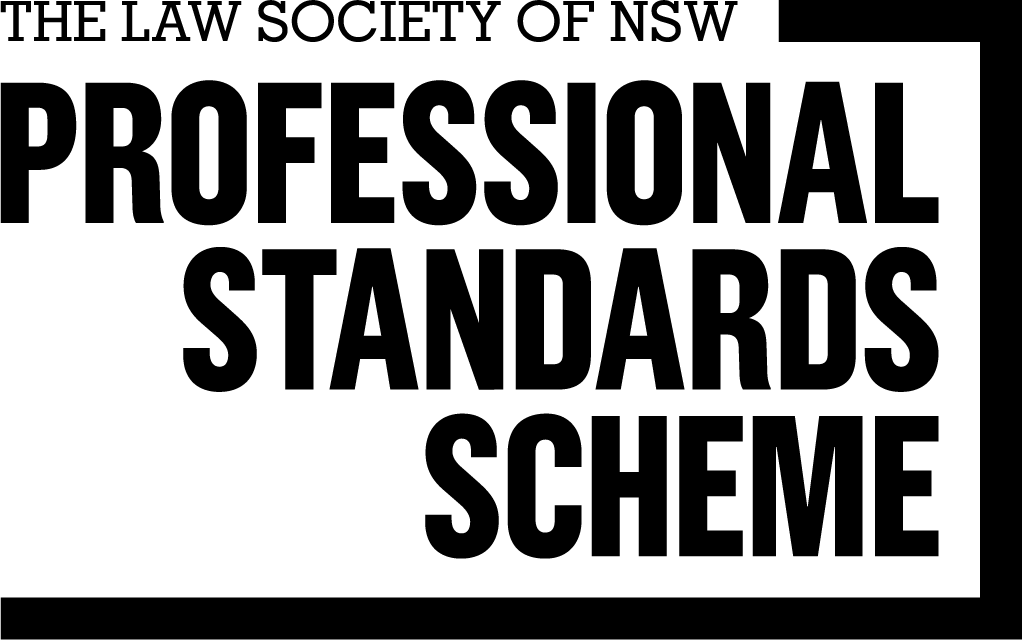The Retail Shop Leases Amendment Act 2016 (Qld) commenced on 25 November 2016. The amending act resulted from a consultative statutory review of the Act. The amendments are intended to:
- reduce red tape throughout the QLD retail sector;
- align the QLD legislation with other jurisdictions; and
- balance the bargaining positions of landlords and tenants.
Excluded tenancies
s5A(2)(a) now echoes other jurisdictions in excluding from the application of the Act premises with a floor area of more than 1,000 square metres. Previously, this exclusion only applied if the tenant of the 1,000 square metre premises was also a listed entity.
Other “premises” that are now excluded from the Act include telecommunications equipment, ATMs, vending machines and advertising displays.
New s5A(3) is an exclusion that addresses non-retail businesses within a retail shopping centre. Where there are premises to be used wholly or predominantly for a non-retail business and the area of either the building or the level in the building that is leased to retail businesses is 25% or less of the total area of the building or the level in the building, then the Act will not apply to the non-retail business.
“Entry” into the lease
The legislation grants rights and imposes obligations on landlords and tenants once a lease is “entered into”. s11 now provides that a lease is entered into on the earlier of all parties signing, the tenant taking possession, or the tenant commencing rent payments.
“Entry into” the lease can be a powerful tool for controlling when legislation kicks in – just because a tenant has signed the lease and returned it to the landlord does not necessarily mean under the legislation the lease is binding on both parties.
Disclosure obligations
There have been amendments to the disclosure regime under the Act. It is old news that a disclosure statement and draft lease must be served on a tenant at least 7 days before entry into the lease (s21B(1)).
That being said, the Act now provides a tenant may waive the benefit of the 7 day period by providing a waiver notice and the prescribed legal advice report.
Disclosure obligations under the Act generally apply in a whole raft of circumstances.
In summary, in addition to applying to landlords on the grant or renewal of a lease(s21B and E) and to an assignee on assignment (s22C), disclosure obligations also apply to tenants who sub-lease, franchise or assign (ss21C, 21D and 22B).
Where a tenant requests assistance from the landlord in preparing disclosure statements, the landlord may recover the reasonable expenses it incurs in preparing the disclosure statement.
There is also a general requirement for tenants to provide landlords with their own disclosure statement, and for non-major tenants, a financial and legal advice report.
The contents of QLD disclosure statements are prescribed by the regulations, and it is important to ensure that disclosure statements are populated with as much information as possible to avoid any argument surrounding a failure to comply with disclosure obligations. Whilst there are ways in which the disclosure timing risk may be controlled, it is difficult to control the risk that stems from an incomplete, misleading or false disclosure statement.
Tenants have certain rights under the legislation in connection with defective disclosure.
The right to terminate the lease at any time within 6 months of entering into the lease is not new (s21F(1), however the Act now provides that if the tenant terminates, the landlord will be liable to pay reasonable compensation for loss or damage suffered because of the defective disclosure (s21F(4)).
There is also now a right for the tenant to withdraw its exercise of option notice within 14 days of receiving a renewal disclosure statement (s21E(4)). If possible, it would be worthwhile issuing disclosure statements for renewal leases within the option exercise period. This way, if the tenant withdraws its option exercise notice, the landlord will be well positioned to commence marketing the premises for lease, minimising income down-time.
Outgoings
The QLD legislation now excludes excesses paid in relation to an insurance claim from recoverable outgoings.
Landlords are also now required to provide tenants with annual outgoings estimates at least 1 month prior to the beginning of each outgoings period, as well as an audited statement of outgoings within 3 months after the end of each outgoings period. Failure to do so triggers a tenant’s right to withhold payments on account of outgoings, until such time as the relevant statement is provided (s38C).
Turnover
The amendments removed provisions that governed how tenants report turnover, and when.
Marketing and promotion levies
The amendments have imposed a requirement on landlords to make available to tenants marketing expenditure plans, which detail the proposed expenditure on centre advertising and promotion. The legislation does not prescribe the form in which this is to be provided – Landlords may discharge their obligations by making the plan available on a tenancy portal, or on a website. These plans must be given in advance of the expenditure being incurred.
Landlords must also give tenants an audited statement that details marketing and promotion expenditure for the previous accounting period.
It is now also the case that if there is a positive balance in the promotion fund at the end of the accounting period, then that amount is to be carried forward to the next accounting period (s41(6)).
Landlord cost recovery
Landlords cannot recover from tenants any costs they incur in obtaining mortgagee consent to the lease, or costs they incur in ensuring the landlord complies with the Act.
Registration fees, and survey fees that are incurred in consequence of registration, are still recoverable by a landlord.
Landlords are now empowered to recover from tenants legal costs they incur in connection with the preparation of a lease where the parties have negotiated the terms, the tenant requests an execution copy, but does not ultimately sign (s48(3)).
Rent review
The Act still provides that only one method of rent review may be used in any one year. Ratchets are also still void.
However, there is now an option for “major tenants” to elect to waive their rights under these sections (ss27(8) and 36A(3)). If a major tenant is happy to include a choice of rent reviews or a ratchet, you will need to obtain written notice from the tenant stating that they agree the relevant provisions of the Act shall not apply to its lease.
Market review and option exercise
If a tenant requests the landlord provide it with a written determination of the market rent, the last day for the tenant to exercise its option under the lease will be 21 days after the notice is provided. This is despite any other provision of the lease or the Act (s27A).
Refurbishment
s50B provides that a provision that requires refurbishment of the premises will be void if it does not specify general details regarding the timing, nature and extent of the refurbishment required.
Relocation and demolition
Regarding relocation, if a tenant is to be relocated from a shop in a centre, then the shop into which they are to be relocated must be in the same centre.
Regarding demolition, the tenant’s right to terminate the lease for demolition now must be on 1 months notice, and not 7 days notice.
Compensation
There have been significant amendments to the compensation provisions of the Act.
The usual provisions regarding compensation for business disturbance remain largely the same (s43). The legislation now provides that the tenant must give the landlord written notice of the loss or damages it suffers as soon as practicable after it is suffered, and whilst a failure to provide such notice will not be fatal to the claim for compensation, it may be considered when determining the amount of compensation payable.
The usual provisions regarding compensation for false or misleading statements also remain the same, albeit in their own section of the Act (s43AA).
ss43AB-AD now provide compensation payment exclusions. A landlord is not required to pay compensation in connection with reasonable responses to emergency, preventing the tenant from extending its trading hours (provided the landlord is acting in accordance with the Trading (Allowable Hours Act) 1990) or for relocation costs where the tenant is otherwise entitled to claim those costs under the relocation provisions of the Act.
The relocation exclusion is widely being referred to as the “no double-dip” provision.
The Act still contains a provision that provides any clause in a lease that purports to limit business disturbance compensation is void.
However, s44A introduces a “I told you so” exception – if the landlord provides written notice to the tenant prior to the lease being entered into that specifies an anticipated disruption within the first year of the lease, and the lease contains a clause that limits the compensation payable in connection with such disturbance, then the lease clause will not be void and the landlord may limit the amount of compensation payable.
Assignments
Last but not least, the amendments now include a release of the guarantor on assignment (s50A).
Where an assignor has complied with its disclosure obligations in connection with an assignment, it will be released from any liability under the lease that results from a default by the assignee.
Download PDF here – Retail Leasing Update – QLD
Disclaimer
The material contained in this publication is comment of a general nature only and is not, nor is it intended to be, legal advice. Neither Speirs Ryan nor any individual author accepts any responsibility whatsoever for any acts or omissions resulting from reliance upon the content of this or any publication. Before acting on the basis of any material contained in this publication, we recommend you consult your professional adviser.






